Safari Day 4 (July 12, 2011)
Itinerary: Breakfast at Camp Amalinda, car transfer to the airport, private charter flight to Hwange, car transfer to Davison’s Camp, lunch at Davison’s Camp, afternoon siesta, evening game drive, dinner, armed escort to our tents
Animals seen: sable, duiker, giraffe, impala, kudu, steenbok, waterbuck, zebra, elephant, hippo, warthog, spotted hyena, black backed jackal, leopard, lion eyes, chacma baboon, cape ground squirrel, ostrich, egyptian goose, secretary bird (ground eagle), yellow billed hornbill, red billed hornbills
What an interesting day today was! We left Camp Amalinda at 8am for our one hour drive back to the Bulawayo airport. Priscilla, Billy’s wife drove us again. The drive was uneventful, but we did get to see more of Bulawayo since we had to stop for petrol. I calculated that petrol here was running about $6/gallon; cheaper than Europe’s $8/gallon, but still more expensive than the US. It’s hard to complain about fuel prices when you see the prices elsewhere.
The Bulawayo airport was a joke. We met our pilot for our private charter plane. He took us through “security” which involved sending our backpacks and duffel through an x-ray machine (without removing any liquids of laptops, mind you), walking through a metal detector without emptying our pockets and with alarm bells ringing, picking up our bags and continuing on our way. The security were just there to make sure someone turned the conveyor belt on and off I think. Amusing, and according to Mark very similar to the Algerian security.
Our pilot took us to his Cessna prop plane that held 4 people including the pilot. I sat in the copilot’s seat with my own set of controls and Mark squeezed behind the pilot. We threw our bags in back. I have to say that riding next to a pilot and noting how little attention is paid to actually flying the plane is a little unnerving. The whole time, he was messing around with all kinds of things, anything but flying the plane. Due to the cloudy weather we had permission to fly somewhat low, but the turbulence in the small prop plane did not agree with my inner ears and sense of balance. I was so happy to get back on the ground and out of that plane.
We landed at an airstrip in Hwange National Park. The park is amazingly large and the largest in Zim, by far. Oh, by the way, Africans are known for shortening words and names, Zimbabwe is Zim, Johannesburg is Jo-burg, Victoria Falls is Vic Falls, and so forth. When someone called me Jo, I was reminded of my time studying abroad in Australia where the Aussies called me Jo as well.
The air strip was essentially a cleared dirt path wide enough for a plane and I was impressed that planes could land and take off from here. The guides are required to sit at the end of the runway in their land rover to chase away any animals that might come out and cause an airplane catastrophe.
The airport here was small (though not the smallest airport of our trip) with only a wooden enclosure with a toilet next to the dirt runway. We hopped in Bryan’s jeep to drive to the end of the runway to watch for animals and introduce ourselves. Bryan would be our guide for our stay at Davison’s Camp in Hwange (pronounced wangee). The rules of the road were fairly simple. Stay in the land rover, don’t stand up when animals are close, keep your arms and legs inside, don’t get too excited and listen to your guide. We learned fairly quickly that Bryan was a more serious guide and did not laugh at Mark’s jokes.
We had about a one hour game drive to camp. We passed our first waterhole with a diesel pump on one end. It turns out that they pump well water into the waterholes for the animals. It helps to know where permanent water is for both animals and guides to find. The operator leading our safari is Wilderness Safaris and leases a private concession in Hwange. We’ll stay inside the concession during our stay. Davison’s is one of 4 camps in Wilderness Safaris in this concession.
Soon we saw our first elephants only 5 minutes into the game drive. Remembering the rules, I did not get excited and calmly pointed them out to Bryan. The elephant were well over 100 yards away, but we wanted to see them. Bryan asked, “are these your first elephants?” I guess it was pretty obvious because later on we’d learn that elephants at that distance are not much to stop for.
During our drive to camp we found several duiker (small antelope), birds, and impala. Upon arriving at Davison’s camp we were bombarded with staff members taking our bags, offering hot washcloths, introducing themselves, pointing out lunch, and shoving drinks into our hands. Wow. We promptly forgot everyone’s names and sat down to get our introduction to camp. We had to sign away our lives on a liability agreement that basically told us, don’t be stupid. The generators only work when we wake up and then from 3p to about 10p. We weren’t expecting any electricity, so this was good news.
At lunch we met the one other American here and the large group of Swiss-Germans staying here. Since the Swiss did not speak much English our conversation for the rest of our stay was with Jennifer from Ohio and the guides.
After lunch, the typical safari schedule calls for siesta time until tea time at 3pm, so we were led to our tent. The tent is really more of a room or cabin with canvas walls. We had a door and everything. A bed took up most of the room and then the toilet and shower were behind a wall behind the bed. There are 10 tents in total and each separated by about 40 of 50 yards.
The accommodations were much better than we expected with outlets in the room to charge our batteries while the generator was on. Also, we had our own water heater (called a geyser here and pronounced geezer) that would heat our water at all hours of the day! This was luxury compared to Amalinda.
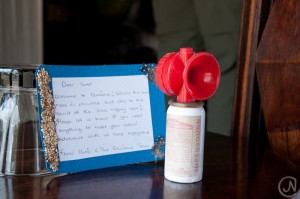
An airhorn is provided in each room if you have an emergency. Emergencies do not include getting mosquitos in the room. =)
For siesta time we didn’t sleep. Instead, we watched several herds of elephants, maybe 100 elephants total, parade to the waterhole in front of Davison’s. All the tents and the dining area faces the waterhole. We could not believe our eyes how many animals were just basically parading in front of us. We stood on the porch taking hundreds of photos. At one point, though, a herd of elephants walked towards out tents and all stood in a row raising their trunks and pointing them at us. We later learned they were smelling us. But they came close enough that we ducked inside our tent in fear of getting charged.
At 3pm we met back at the dining hall for tea followed by our evening game drive with Bryan and the other American, Jennifer. More surprises. We were expecting game drives with 6-8 people in a vehicle, but here we only had 3 people. There was plenty of room!
It took some time to figure out how best to sit in the vehicle without falling out as there were no seat belts and the sandy roads were rough and bumpy. I figured out how to attach my monopod to the rail in front of me with a bungee cord, hold my camera with long telephoto lens (200-400mm with 1.4x teleconverter) in my lap, and have another camera with a wide angle lens on my shoulder.
Boy oh boy are safari drives in Hwange exciting. In a land rover, we are basically a non-threatening species out there in the bush and the animals don’t care about us. We can get quite close without bothering them. We saw the elephants closer than I ever thought I’d get. We stopped at a waterhole with about 10 hippo, one male and 9 females. He spent the whole time mating which consists of nearly drowning his mate.
Larger elephant herds usually consist of a breeding herd with the cows, babies, and young elephants not quite ready to split off. Most of the large bull elephants travel on their own. Another herd will consist of young males. We found a breeding herd with a young male who had a little too much testosterone. First he mock charged us a couple times, but we stood our ground. Then he decided to destroy a small tree instead. It was amusing to watch him take out all his testosterone on this little tree. He walked away with such a look of satisfaction on his face that we couldn’t help but laugh.
The sun sets in southern Africa between 5 and 5:30, so around then we stopped for tea at a waterhole, called a pan with local jargon, to watch a herd of eles (shortening words again) with cows and young ones. They were drinking until a very large bull elephant came in and took over. This was the first bull we saw up close and all of a sudden the cows looked tiny at almost half his size! All the eles moved away to let him in and drink in peace. He was in musth according to the guide and made the cows and young nervous. Eventually the rest were allowed to come in and drink as well. As the sunset we saw a rainbow in the background of the elephants drinking in front of us.
One of the older cows had a terrible looking broken ear that was red and very swollen. It’s always a reminder to see hurt animals in the wild that you are in the wild where the animals do not get any human intervention. Nature must take its course.
Once darkness set in, Bryan pulled out a spotlight with a red gel and started driving around shining the spotlight from side to side while we shivered in the back trying to spot anything in the dark grass. We were chasing lions. The best we got was a pride of lions in the distance lounging under a tree. All we could see were 7 or more pairs of eyes twinkling at us. I have no idea how Bryan knew they were lions at this distance. =) We took his word for it.
While watching the lion, a call came in over the radio that a guide had a leopard sighting. We decided that we’d chance the leopard still being there and took off at full speed towards the area. Wow, talk about a bouncy ride! I think might be similar to riding a mechanical bull, only this was longer than 8 seconds. Mark and I went airborne a few times and it was all I could do to grit my teeth and hold on to all my cameras!
It was worth it! We found 3 other safari vehicles watching a leopard in the road. While we were there, he climbed a tree and then a termite mound. I was able to get a few somewhat blurry night photos of him. Hey, this was our first and only leopard sighting and really our first cat sighting. Mark and I tried to remember if we’ve ever seen a cat in the wild before, but we don’t believe so.
After the leopard we drove back home to our waterhole and found two hyenas at the water’s edge. No photos of them, but I can’t hope for much since the hyena is a nocturnal scavenger.
What an incredible, amazing, absolutely phenomenal day! And it’s only our first day in Hwange. I’m looking forward to the rest of our safari.
The nights are cold in Hwange, probably with temps in the low 40s and some wind chill. We had an amazing 3 course dinner and chatted with our fellow travel companions and the guides. After dark we are forbidden from walking around on our own, so once we are done with dinner, Bryan picked up his flashlight and rifle and escorted us all to our rooms. There is a very real chance of finding an elephant at your tent, so it’s always good to have a guide there. We heard stories of people who were basically stuck in their tent until someone noticed them missing because an elephant was outside.
I forgot to mention the lilac-breasted roller bird. We spotted several on our game drive. This bird is an absolutely brilliant splash of color especially when it opens its wings to fly. Also, Mark and I were surprised to see so many palm trees in the African wilderness. They are different from the California and Florida palm tree varieties, but still make us feel as if we might be on a beach in the States during sunset with the palm tree silhouettes.
Back in the room after dinner we learned that it was wise to carry a flashlight in your pocket when it’s close to 10pm because the generator turns off without any warning and you are plunged into intense darkness. Also, the hot water bottles that were placed in our beds were very much appreciated on the cold nights.

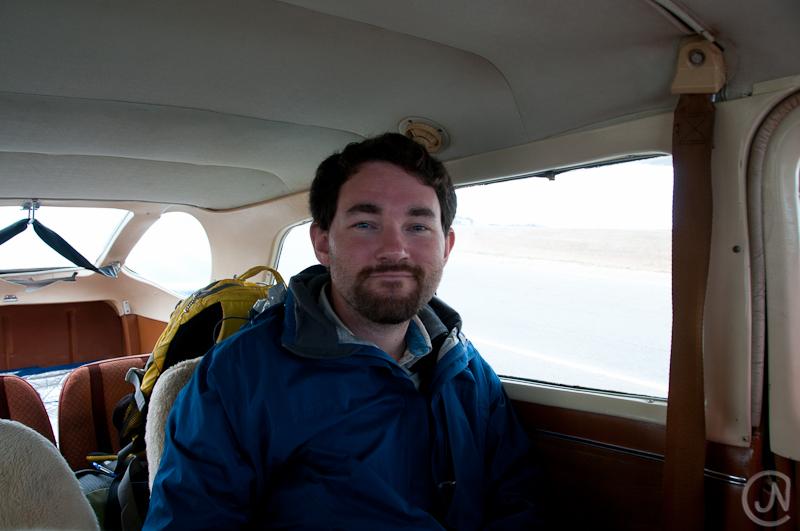
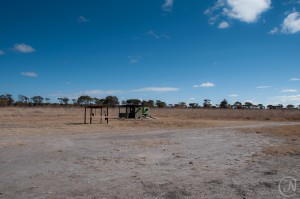
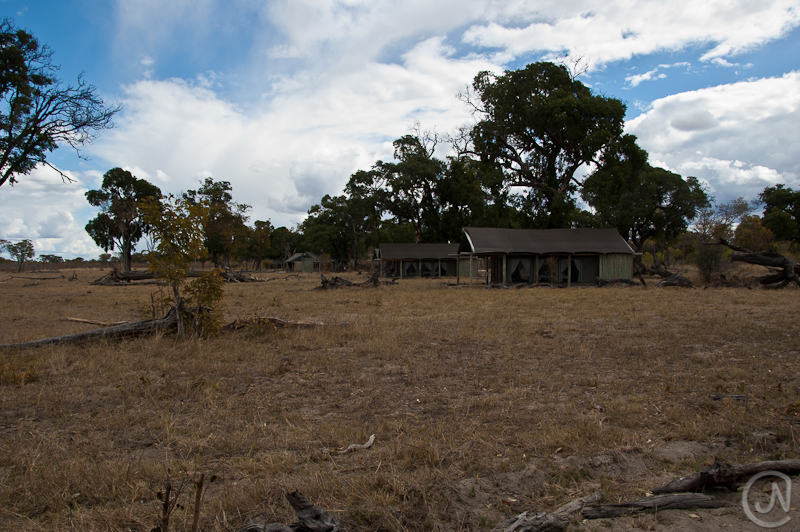
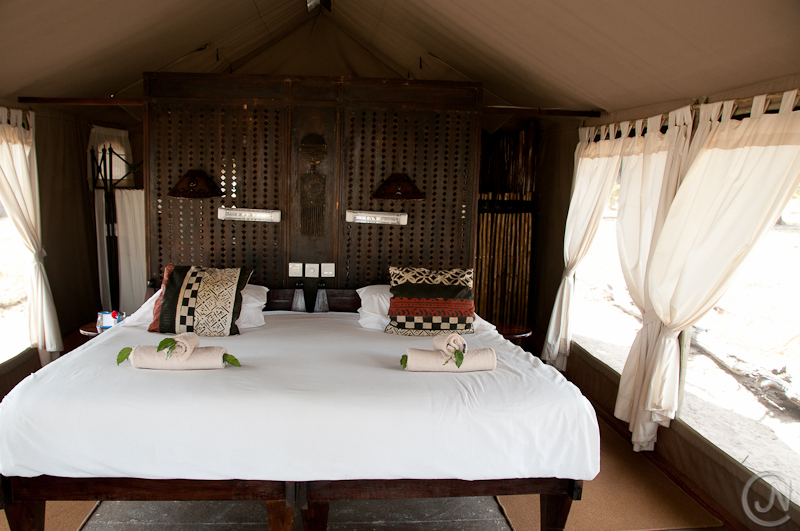
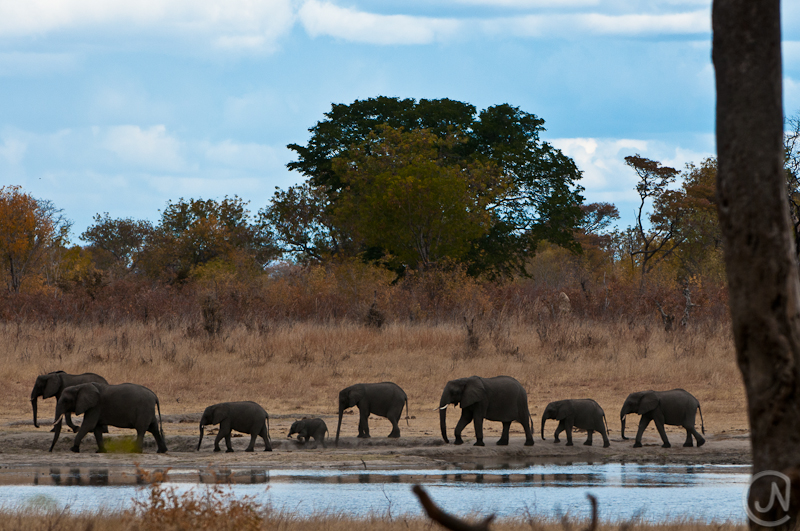
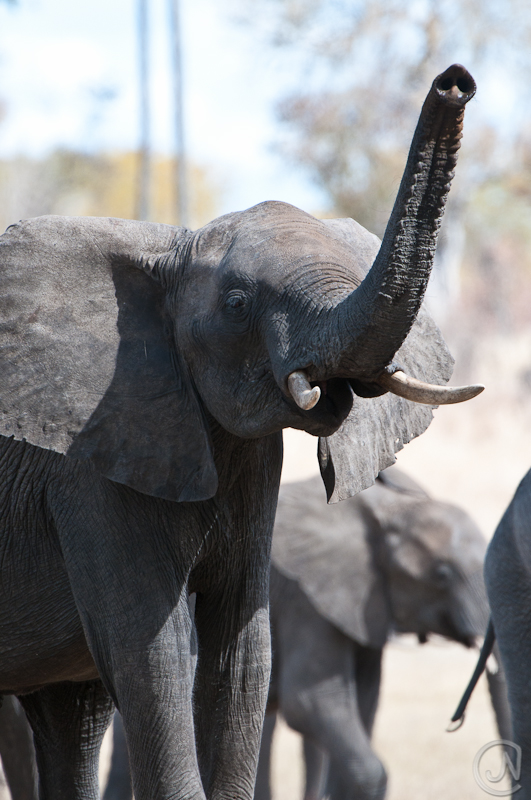
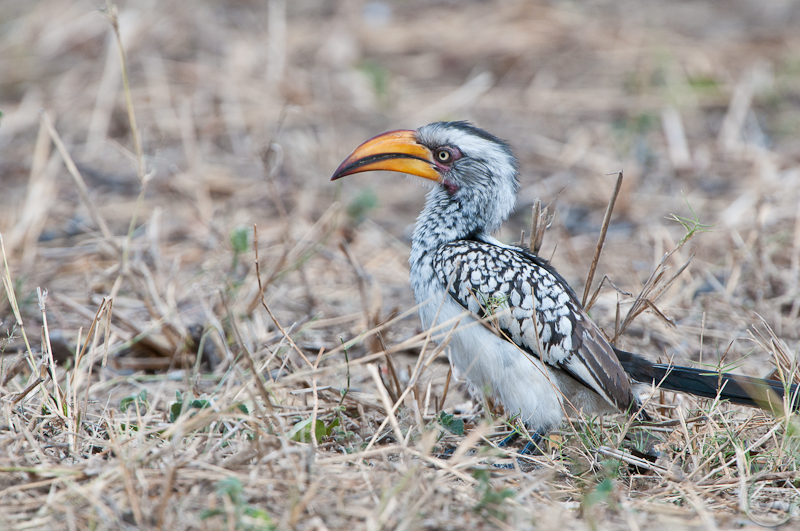
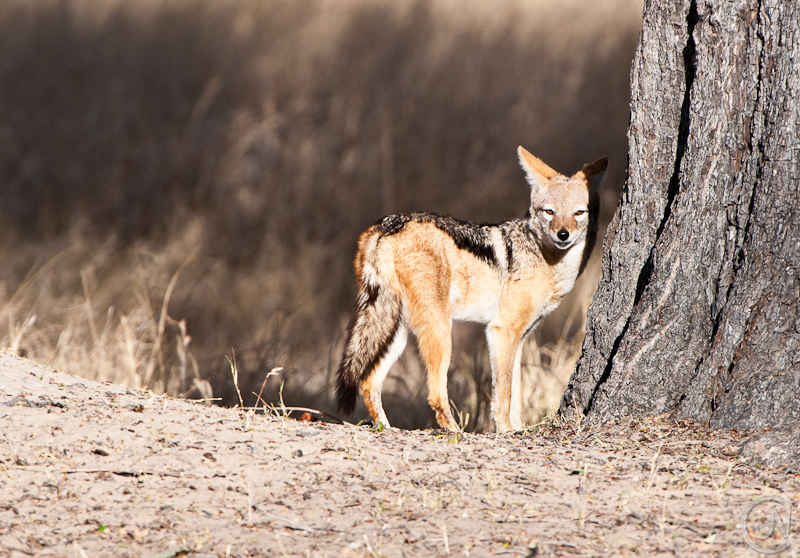
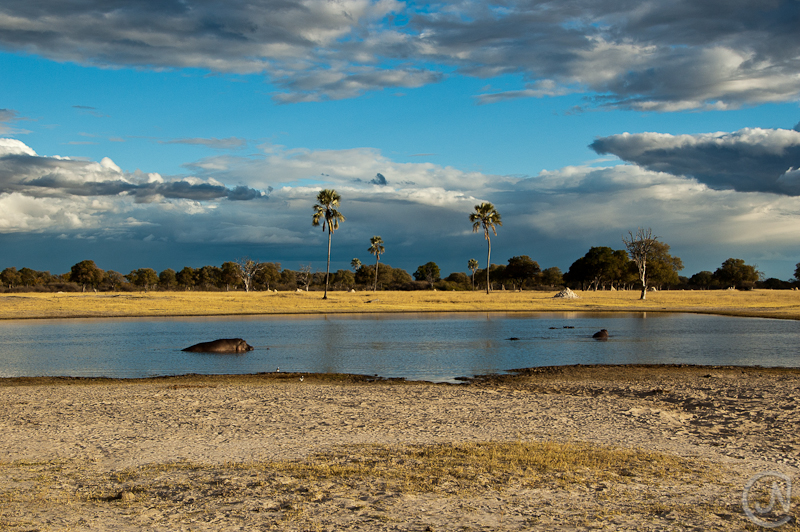
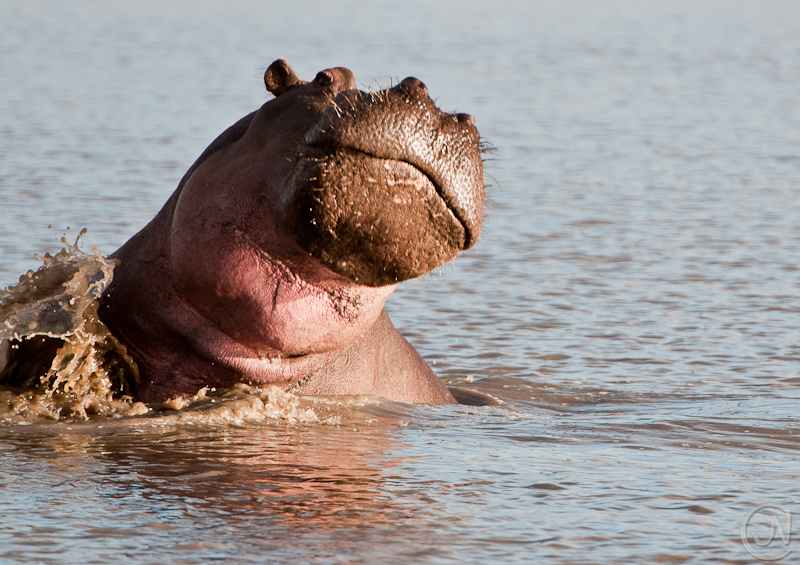
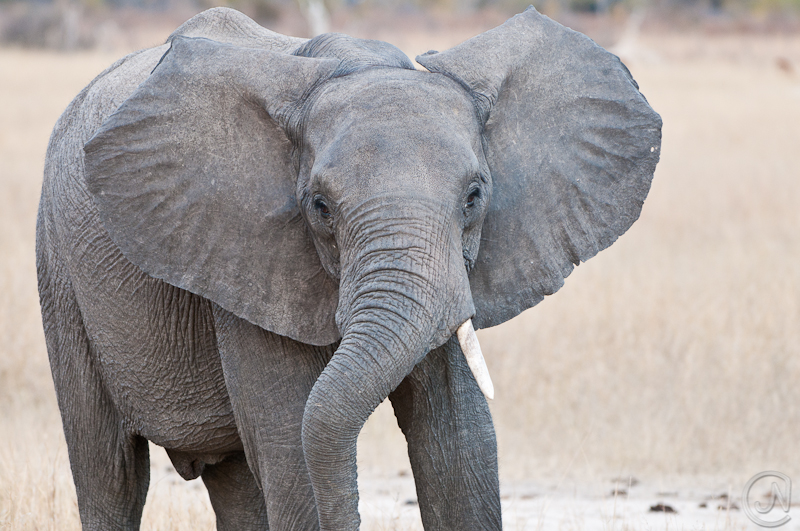
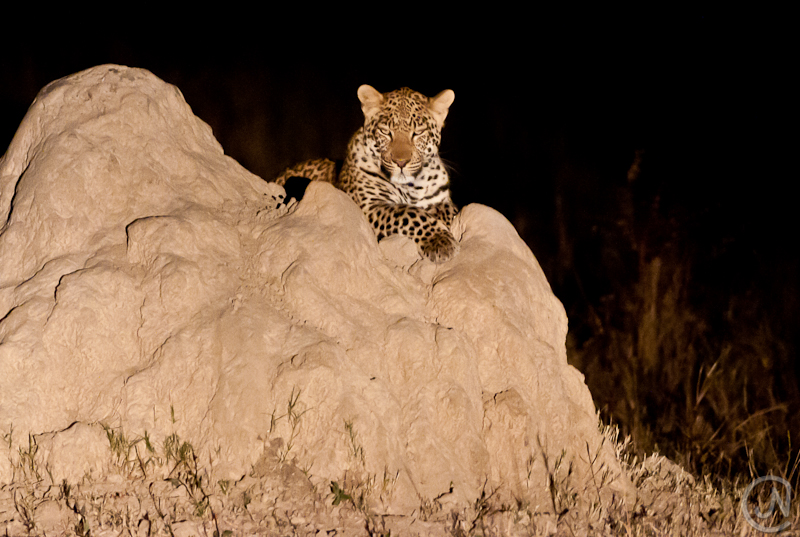
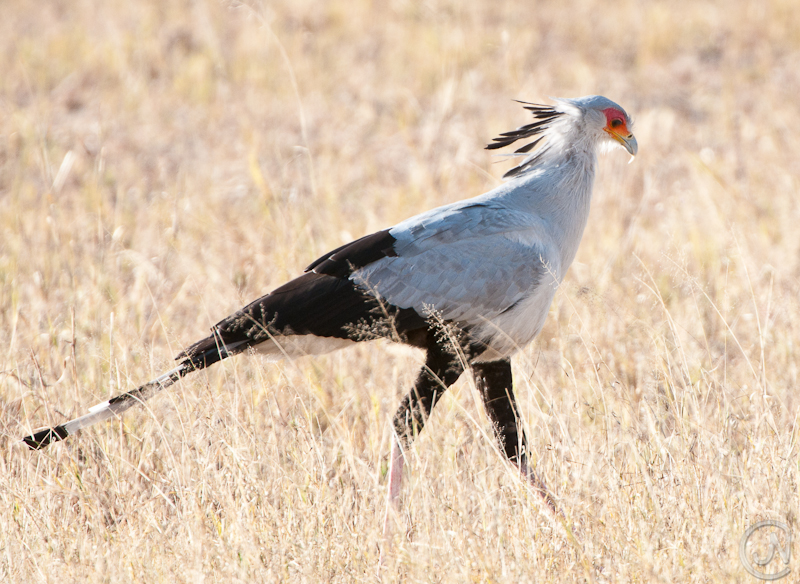
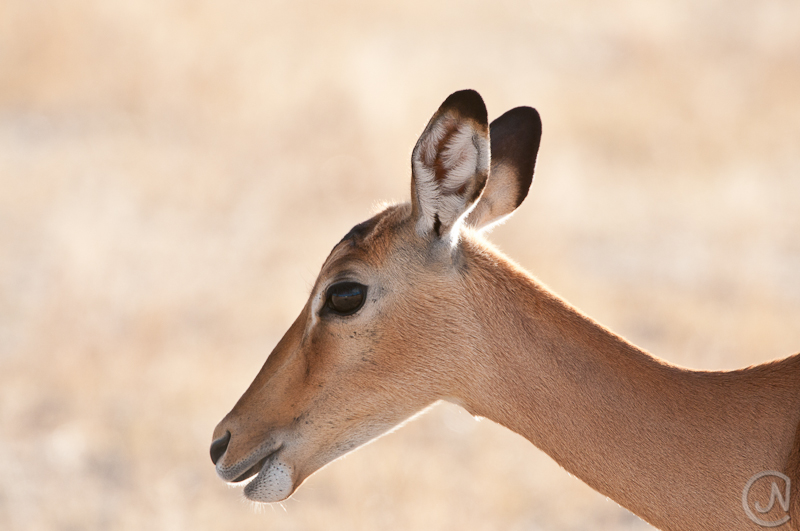
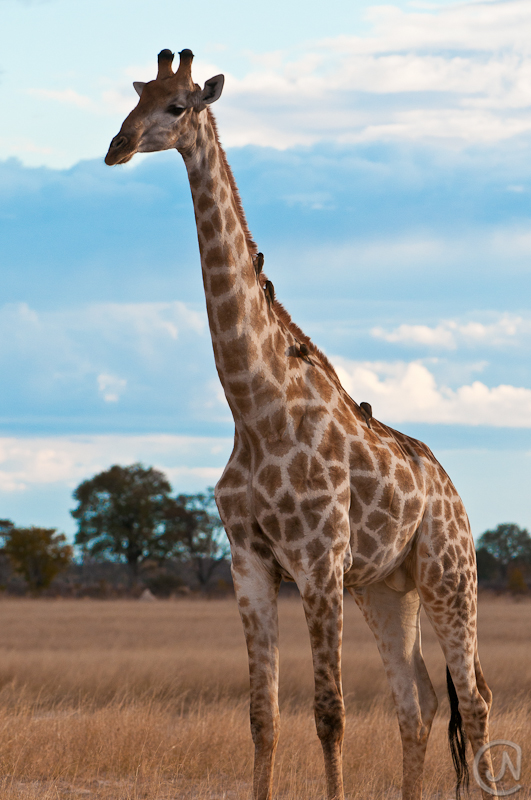
Did you get to eat any Impala? I think it’s still my favorite meat. 🙂 Your pictures are fantastic!
Thanks for all the comments! We had some impala at The Boma in Victoria Falls, but neither of us enjoyed it very much. Mark really liked the warthog though.